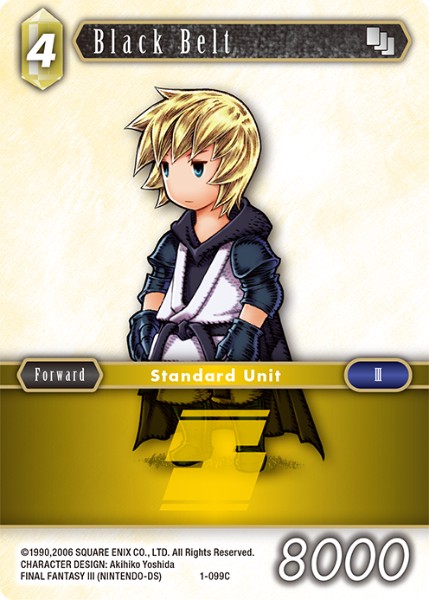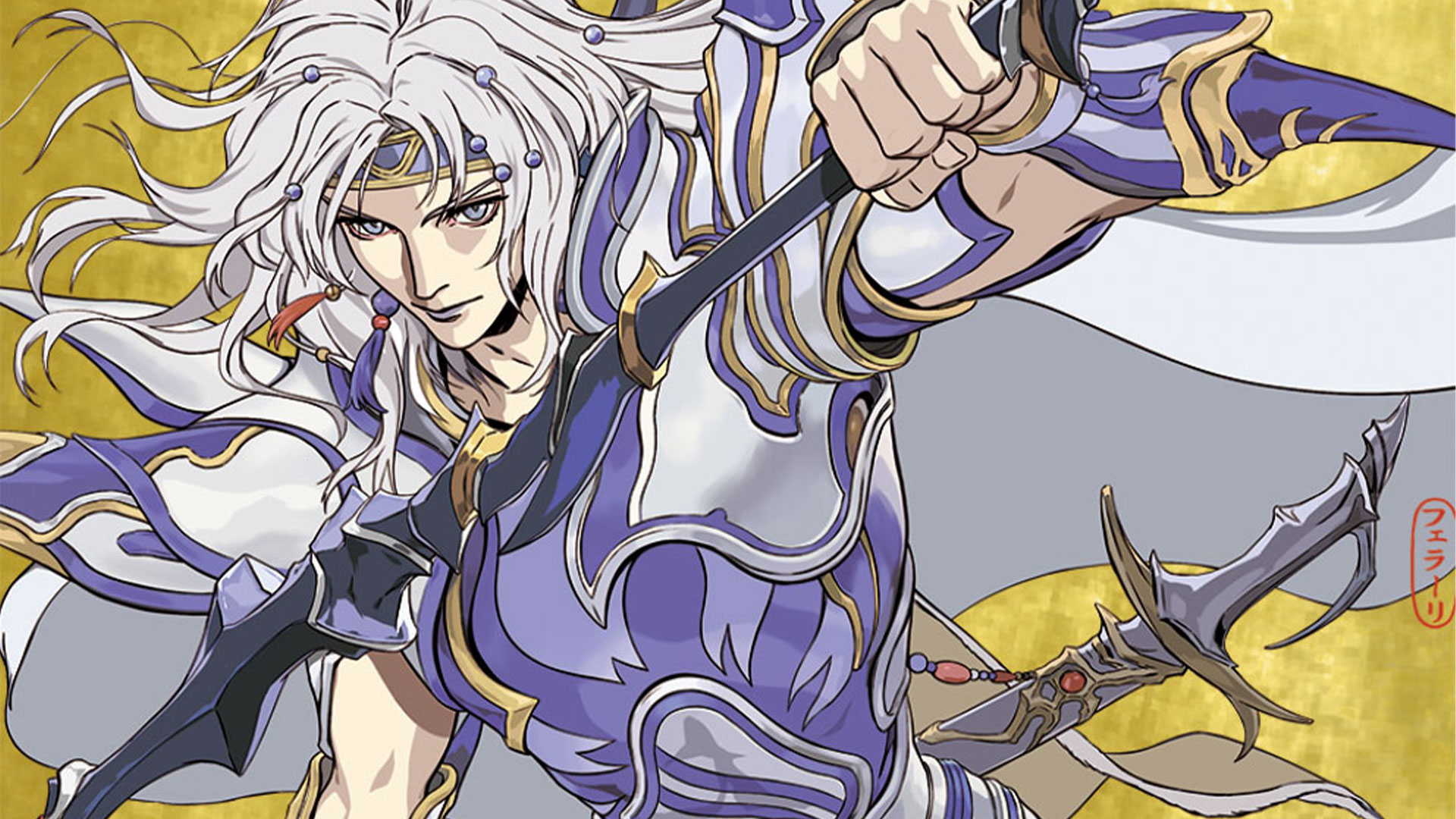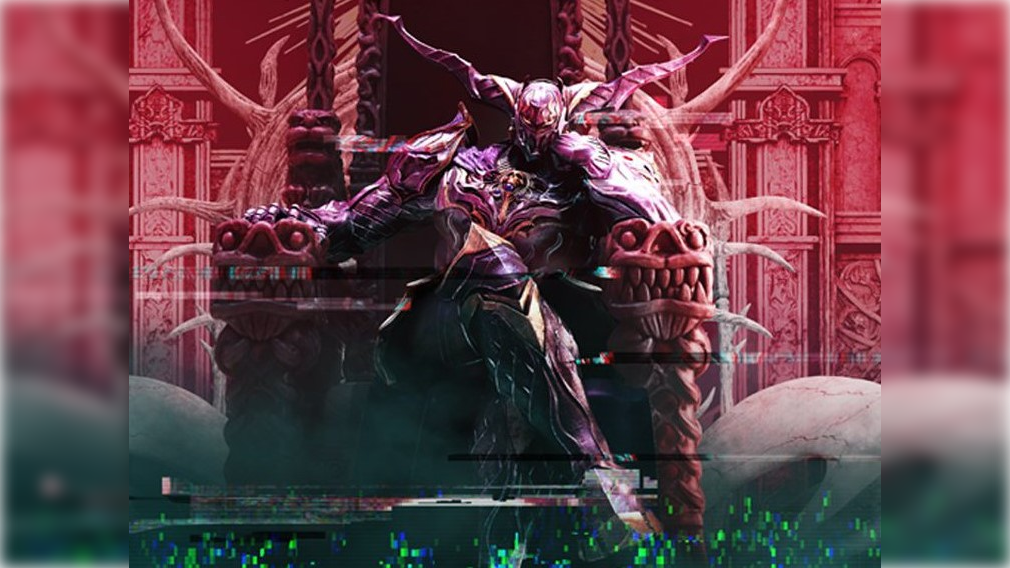Real CP? What the heck is that? I have never heard of that before.
Rudrose

So, here is a story all about how my game got flipped and turned inside/out, so if you would kindly take a minute and sit right there, I will tell you a story about a misplay and how Bandit lost his hair.
So you are sitting down at the table for your first FFTCG Match. You read The Basics online because you had nothing better to do. You took inspiration from that article and went out to craft your very first deck using all the knowledge you could glean. You looked for if the card was On/Over Curve. You looked for abilities that could generate value on entry. You put everything you have learned since you started playing into a brand-new deck. The feel of accomplishment washes over you. You feel like a master craftsman.
Without hesitation, you take that deck and sit down at the table across from your opponent. You exchange pleasantries, draw your 5, and the game begins. About midway through the game, you drew 2 cards at the start of your turn, and boom. There it is. The card you know is going to win the game. The card you think is so good, so efficient, there is NO way you can lose. You waste no time in tapping your 2 backups, pitching a card from your hand, and slamming him down for 4CP. You feel like you accomplished something great. All the hard work of card evaluations, and all of the effort to build the deck was worth it. Your opponent looks at you and says, “Well, what are you going to play?”. Uhhhhh………..
It was at that moment you realized you made a mistake. The effect on the card was awesome, and you met all the CP requirements. You did your evaluations as Reckan said, and you know you got it right. But it all went wrong. The effect allowed you to play a card from your hand, but you pitched it for CP instead. You pass the turn wondering how you misplayed, wondering if that card is any good, and second-guessing everything you just worked so hard to build. So it……….
Seems you have a problem
Welcome to part 2 of Lets talk CP, a series dedicated to exploring how we can better use CP to our advantage to up our game. If you haven’t yet, go check out part 1 of the series, The Basics. It is a great primer for this article and really sets the foundation for the topic in this article. I got a tremendous amount of feedback from the first article, and was blown away by all those who took time out of their day to read our first post. I am humbled by those who reached out to say thank you.
Well, I am here to tell you that yes that was a misplay and yes, I have made the exact same error. You are not alone. However, I submit that your misplay during the game was a direct result of your misevaluation before the game started. A better card evaluation would reveal a hidden cost to the card. What is crazy is that hidden cost is the entire reason you are playing the card in the first place. Things are getting weird……
At this point, you can probably start guessing what card I was talking about. It is a card that carried the dreams and ambitions of an entire element combination on its back until Opus 18. Yes, I am talking about Opus 14 Legend Ice/Lightning Al-Cid.

Al-Cid has carried the banner of Ice/Lightning until Sephiroth’s release in Opus 18. He does everything the element combination wants to do, all wrapped up into one card. Create early game pressure? Check. Push damage by moving your opponents forwards out of the way? Double Check. Have a good early game cost? Triple Check. Can be played off of a top deck with 2 backups? Quadruple Che……….. Uh, wait a second he can’t. But why? He costs 4CP so I should be able to play him right?
Well, the answer is technically yes, you can ditch the other card you drew, tap two backups, and slam him out to the board. However, you don’t get his full effect which is odd considering you paid a full 4CP.
As mentioned in the above story, there is a hidden cost. A cost that isn’t printed on the card but you definitely have to pay. This cost is what we are going to dive into and I call it: Realized Cost.
Realized Cost? What the heck is that?
To define Realized Cost correctly, lets define was Simple Cost is:
Simple Cost is the basic cost paid that is printed on the card, optionally including kicker costs
Realized Cost is the fully paid for cost as calculated by the amount of CP at your disposal before you play a card compared to the amount of CP you have after you have played a card. In other words, how did that play affect your overall CP resource pool.
Back to our Al-Cid example, I mentioned that Al-Cid has hidden cost and I am sure you have surmised by now that the hidden cost is a card in hand to play. To fully maximize Al-Cid, you simply need another forward in your hand to play when Al-Cid enters the field. This is a pretty obvious statement and non controversial. However, what will be controversial is how to calculate the CP rate of Al-Cid that accounts for the hidden cost. Before we dive into how I evaluate Al-Cid, lets take a look at some popular targets he deploys in the meta.



Each of these cards brings a lot to the table in terms of in-game value. They are very potent threats that you want deployed as a player. They vary in cost but all are ideal targets for Al-Cid and by far the most used as of Opus 18. So, how exactly do we calculate the cost for a card?
Cost Calculation
So lets get the basics out of way. First, Al-Cid cost 4 CP to play to the field, ignoring his effect. We need at least 1 Ice CP and 1 Lightning so that means we are either discarding 1 of each element from our hand or discard 1 card from our hand and tapping 2 backups in the early game. Later in the game, we may build up enough CP to simply play him off of 4 backups. There is a lot of theory about when it is best to play him but that is not the target of this article and something we will dive into later.
However, if you remember our definition of realized cost, it states we want to check the impact on our ENTIRE CP resource pool. So, what are we missing? The answer is simple but not immediately obvious if you are new to TCGs and it is “the card itself”. Wait what? Yes, you read that correctly. Al-Cid himself counts as 2CP if you discard him to play a different card. So that means that playing him to the field REDUCES the total amount of CP you have available to spend. This is the basis of Realized Cost calculations and something to sear into your brain. ALL NON LIGHT/DARK cards generate CP when discarded; therefore playing a card reduces your overall CP resource pool by 2CP thus costing you resources.
ALL NON LIGHT/DARK cards generate CP when discarded; therefore playing a card reduces your overall CP resource pool by 2CP.
Using this knowledge, we can now calculate that Al-Cid does NOT cost 4CP, but 6CP since he always counts himself. This is the major difference between simple cost calculations and realized cost calculations. Using this knowledge you can start to gauge why deploying a card is an expensive endeavor. Every card you deploy has a +2CP penalty and the added negative of reducing your play line options. This means we must be careful when deploying our cards to the field and being critical of our choices is how the game is won. I don’t think that is a revelation but is worth repeating.
Now that we have the full cost realized, barring its effect, it is time to tackle the cost of the effect and by far the hardest portion of the card to apply a CP value. Al-Cid gives us the opportunity to play a forward of 4CP of less to the field from our hand. Since every card can be discard for CP as we discussed above, that brings the total cost of Al-Cid to our final total of 8CP. That is double what our Simple Cost calculation gave us and the full brunt of deploying Al-Cid for full value. This is why calculating realized cost is so important to our overall skill set.
With the full cost calculation at our disposal, lets take a brief look at how this cost will impact our hand size at the beginning, middle, and late stages of the game. In the early game, we can deploy Al-Cid quickly using nothing but the cards in our hand. That means to deploy Al-Cid effectively, we will need 2 cards to pitch for CP, Al-Cid himself, and the card in our hand. That is a total of 4 cards from our hand just to deploy Al-Cid. Considering that we can only have a max of 7 cards in hand most of the time, this comes out to 57% of our total hand size and consequently, CP at our disposal. That is a big risk so early in the game. In the mid-game, we will assume you have 2 backups down. Now to play Al-Cid, you can tap 2 backups, pitch.a card, and deploy Al-Cid plus another forward. This only requires 3 cards in our hand or 43% of our hand size. That is a 14% drop just by using 2 backups. This really shows how backups can impact our hand meaningfully. The final scenario to explore is the late game where we assume you have 4 backups down and ready to use. We can tap all 4 backups to deploy Al-Cid plus another forward to the field for a wildly efficient 2 cards out of our hand. That equates to 29% of our hand size. As we can see backups can clearly make a huge difference in our efficiency.
Finally, lets take a look at what it looks like from a CP perspective to deploy 2 4CP forwards by paying for both. Lets take a look at 2 vanilla 4CP cards.


Using our previous techniques for calculating Realized Cost, we can quickly calculate the total cost for deploying two Black Belts by paying full price. Each card costs 4CP for its Simple Cost. If we add 2CP each for the card itself, we come out to grand total of Realized Cost of 12CP. So the value in Al-Cid is deploying the same amount of CP for 4CP less. Hence why the card is so good and has carried Ice/Lightning for so long.
So the value in Al-Cid is deploying the same amount of CP for 4CP less
In closing it is vitally important for us as players to look beyond the cost printed on the card and dig deeper in to the reason we are slotting the card into our deck. What looks like a free card or a cheap card, may turn out to be more trouble/expensive than it is worth. Using our new cost calculation tools at our disposal, we can better answer the question the series starte with: “Is that actually worth it”.
Stay turned for our next article as we review different effects and how they can impact and change our cost evalutions.
Until, then, I return to my den of hibernation

If you are looking for great content, go check out the Rudrose channel for all kinds of FFTCG videos. He inspired the article so he gets the mention at the bottom. See I don’t posterize a person and get away with it ;).
https://www.youtube.com/@ghoster88/videos
Rudrose Youtube Channel






Leave a Reply